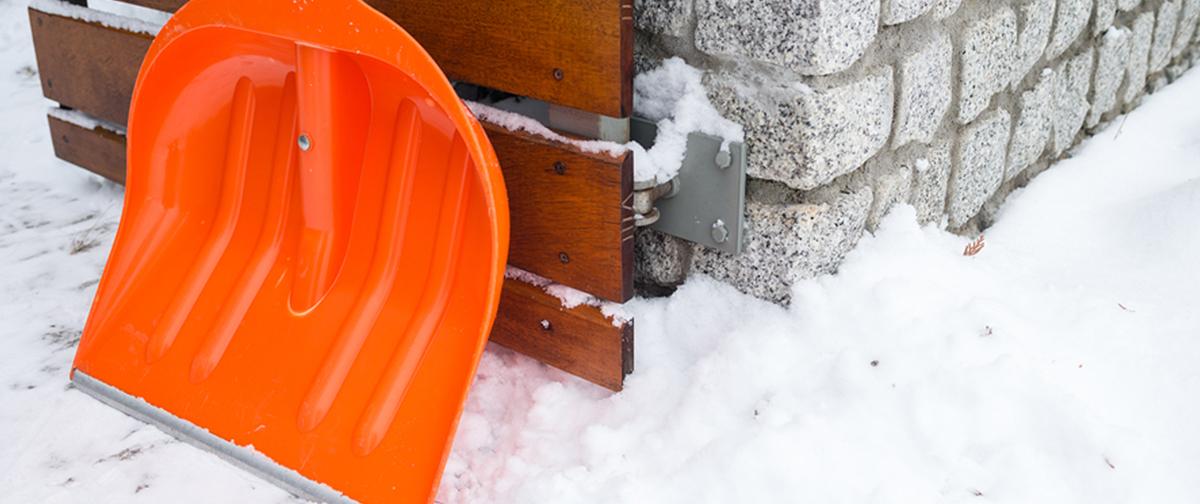How to Thaw a Frozen Condensate Pipe

The temperature is already dropping and will keep going down according to the weather forecasts. During this time the condensate pipes from our condensing boilers become ever susceptible to freezing, so knowing how to unfreeze it could save you from going without heating when you need it the most.
Using our guide you’ll be able to thaw out a frozen condensate pipe to keep your boiler operating as it should.
What is a Condensate Pipe?
All condensing boilers have a condensate pipe which sends waste water outside and down a drain. This waste water is acidic and gets produced as the boiler extracts as much energy as possible from flue gases, which turns into a small amount of acidic water as it cools. This process increases the efficiency of the boiler and is why all new boiler installations have to be condensing.
Finding the Condensate Pipe
Condensate pipes can’t be metal which makes finding them that much easier as they’re made out of plastic, unlike the other pipes that are connected to the boiler. This pipe will lead outside and come out of the wall fairly low down, right above a drain.
Why do Condensate Pipes Freeze?
Being outside means that during the winter months, the acidic water running out of the condensate pipes is prone to freezing. Any water that freezes inside the pipe ends up blocking more water from escaping through the pipe, meaning that water builds up in the boiler.
At this point, to prevent serious damage to the boiler from flooding, it will switch itself off until the frozen condensate pipe has been thawed out.
To help prevent the condensate pipe from freezing, the Heating & Hotwater Industry Council (HHIC) advise operating the boiler at a higher flow temperature which will lower the amount of condensate that forms, ultimately reducing the chances of the pipe freezing. However, this does mean that the radiators will be hotter and you’ll be paying more for the heating. Remember to turn the boiler thermostat down after the extremely cold weather has passed.
Recognising a Frozen Condensate Pipe
Before attempting to unfreeze a condensate pipe, you first need to ensure that’s the cause of the fault. In many cases, your boiler will display an error code to make you aware but if your boiler doesn’t then it can often be recognised by a gurgling noise coming from your heating system.
If your boiler has been working well up until a period of below freezing temperatures then that’s a strong indication that the condensate pipe has frozen.
How do I Thaw a Condensate Pipe?
If your condensate pipe has frozen, don’t worry, this can be resolved in just a few steps without even having to contact a heating engineer.
It’s important to find the blockage before taking any further actions so that you know you’re thawing out the right part of the pipe. This often occurs where there’s a bend or dip in the pipe.
Once you’ve located the blockage, there are several ways that you can unfreeze the condensate pipe:
- Applying a hot water bottle, microwaveable heating pack or warm cloth to the frozen part of the pipe.
- Pouring hot water over the frozen part of the condensate pipe using a watering can – don’t use boiling water as it could cause the plastic pipe to melt.
Be cautious of the water on the floor when pouring water over the condensate pipe as it could quickly freeze and become slippery.
After unfreezing the pipe, you might need to reset the boiler to get it going again although some boilers will do this automatically, so it’s best to take a look in your boiler’s manual for next steps.
If you have any doubts whatsoever or don’t feel confident enough to unfreeze the condensate pipe yourself, then you should contact a qualified heating engineer who will be able to carry out the work for you.
Can You Prevent a Condensate Pipe from Freezing?
There are a few ways to help prevent your condensate pipe from freezing over in the first place. Take the following steps into account as we enter the colder months:
- Use a foam pipe insulation to cover the condensate pipe
- Leaving your heating on overnight will help to keep the condensate pipe warm when the temperature is at its lowest
- Turning the thermostat up to a higher temperature will help to reduce the amount of condensate but watch out for hot radiators
There are also some condensate pipe regulations that have to be kept to when they’re fitted externally:
- Pipe has to take the shortest route
- Diameter of the pipe must be 32mm
- Insulate with external grade PVC coated insulation
- End of the pipe must be as close to the drain as possible
To combat the condensate pipes on their condensing boilers freezing, Worcester Bosch have launched CondenseSure. This device can be fitted to Worcester Bosch boilers during a new installation or retrofit, including their Greenstar range, and can prevent the condensate pipe from freezing in temperatures as low as -15°C.
Boiler Condensate Pipe Insulation
By insulating the condensate pipe, it will help to prevent it from freezing. This can be done yourself and condensate freeze protection kits are available but you can always contact a heating engineer to carry out the insulation.
Frozen Condensate Pipe Error Codes
Several boilers will display an error code when the condensate pipe has frozen to make you aware of the issue. Use the table below to find out the error code your boiler will display.
If your boiler manufacturer isn’t listed above, you should consult your manual or as mentioned above get a qualified engineer to check things over.



